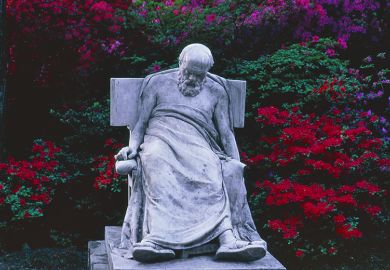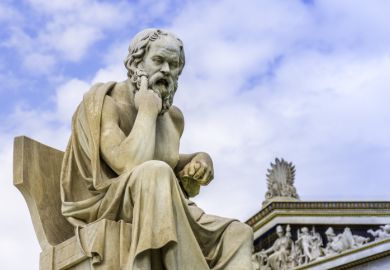I see a cricket ball hurtling through the air towards me. As I duck out of the way the crash of breaking glass announces the ball has gone through the window. Regardless of political correctness, I box the ears of the boy standing there holding a cricket bat. A common way of interpreting this scene would be to treat my actions as my mind's response to my perceptions.The sight of the ball and the boy and the sound of the glass can be described as the "input" from the world to my mind; my ducking and striking the boy are the "output" from my mind to the world.
Susan Hurley claims this input-output picture is wrong. It is wrong in the first place because it assumes a "ghost in the machine" model of the person, based on Descartes's sharp divide between the mind and world. It is wrong, secondly, because it identifies the personal distinction between perception and action with the sub-personal categories of causal input and output.
Consciousness in Action is a sustained philosophical challenge to this "perceptual input, behavioural output" conceptual framework. The author points to two assumptions that make the traditional input-output view so plausible.
One is that causal flows are one-way or "linear"; the other that the relation between perception and action is merely "instrumental", each is a means to the other but they are essentially separate. She notes that each of these presuppositions has been questioned.
Behaviourism, for instance, rejected the second. Its very name derived from the idea that perceptual experience has no separate reality, but may be reduced to its effects in action or behaviour. But this conclusion arose from a strictly one-way attitude of causal flow. By contrast, "ecological" theories of perception, associated with the name of J. J. Gibson, reject linearity in favour of a dynamic approach, emphasising the importance of sensory feedback from movement. But such feedback is understood on this view as purely instrumental.
Opposed to all three approaches mentioned so far are "motor theories" of perception and "control systems" theories of action, which reject both linearity and instrumentalism. Both theories operate at the personal level but appeal to a sub-personal system of complex dynamic feedback, and taken together they offer a "two-level interdependence" view of perception and action that Hurley finds preferable both to the received input-output model and to the behavioural and ecological theories. Because it sees perception and action as mutually and symmetrically interdependent, this two-level view depends neither on a thoroughgoing realism (what Hurley calls the myth of the given) nor on a thoroughgoing constructivism (the myth of the giving).
This resolution of the relation between perception and action is worked through in the second part of the book, having been prepared for in the first part, which focuses on the question of the unity of consciousness.
Both parts contain a judicious mix of theory and experimental work, but the author helpfully explains in her introduction that the essays do not necessarily have to be read in the order in which they are printed. Tempering the wind to the shorn lambs, she even indicates certain "stretches of unrelieved philosophical argument" that scientific readers might wish to skip in favour of other chapters, containing discussion of detailed examples and of empirical work, that they may find "of more interest".
Despite this disclaimer, the whole book is worth tackling, even for those who, like this reviewer, are not professional philosophers. Especially useful is the detailed discussion of the contributions of Kant and of Wittgenstein to contemporary philosophers' understanding of the mind, and the way these relate to the latest findings of neuropsychology. The "thought experiments" of the former group and the practical data of the latter combine to produce a new picture of the mind. Especially impressive is the accumulating evidence that identical sensory input can result in different perceptual experience, depending upon a person's accompanying action.
With the mind no longer insulated from the world by Cartesian dualism, the self "reappears out in the open, embodied and embedded in its environment". Hurley's holistic approach to consciousness is very much in tune with an increasing number of researchers and her work should find a ready audience.
Although the chapters may be read as stand-alone essays, the volume has a unity of purpose and a clarity of argument that allow each section to feed into the others. The author suggests that "the attentive reader will discern an overall plot and several subplots". It might also be said that the book is an exemplar of its theme: the philosophy and the psychology, the theory and the practice, display an interdependence and mutual support that mirror the writer's claims for perception and action and the unity of consciousness.
Revd Anthony Freeman is managing editor, Journal of Consciousness Studies .
Consciousness in Action
Author - Susan Hurley
ISBN - 0 674 16420 2
Publisher - Harvard University Press
Price - £34.50
Pages - 506
Register to continue
Why register?
- Registration is free and only takes a moment
- Once registered, you can read 3 articles a month
- Sign up for our newsletter
Subscribe
Or subscribe for unlimited access to:
- Unlimited access to news, views, insights & reviews
- Digital editions
- Digital access to THE’s university and college rankings analysis
Already registered or a current subscriber?



